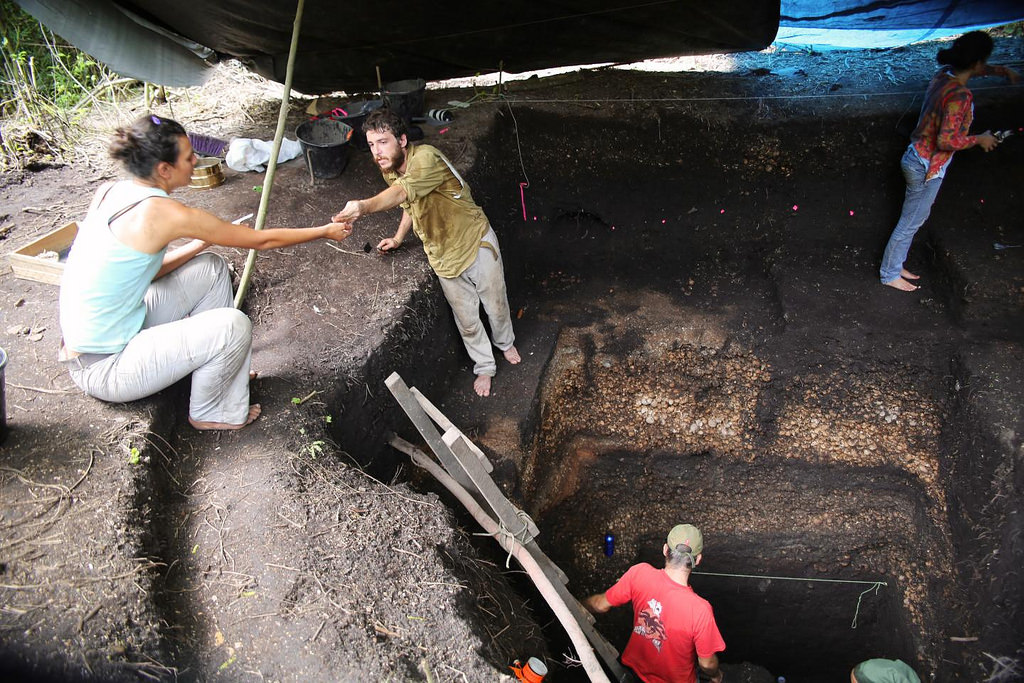Rice was grown 11,000 years ago along the Yangtze River in China (at the very start of the Holocene) and 2000 years ago in West Africa. Presumably different strains or varieties of rice. Now, University of Exeter scientists in collaboration with Brazilian scientists, have found evidence of domesticated rice being grown in the vast wetlands of the Guapore River in the Amazon basin, 4000 years ago. This implie rice was developed in three separate geographical locations, at widely different times. However, in the Brazilian case the knowledge appears to have been lost prior to the arrival of the Spanish and Portuguese – or during the turmoil associated with colonisation by Europeans. See http://popular-archaeology.com/issue/fall-2017/article/amazon-farmers-di… …
It seems the evidence is somewhat more compelling once it is dug into as the change in the ratio of husk, leaf and stem found at different levels of the excavation suggest people became more efficient with the passage of time, harvesting more and more rice as it improved over the centuries. Yields increased exponentially. The region has been occupied by humans for the last 10,000 years – not far removed from the Chinese dates.
 … as humans in the Americas have been pushed back over the last few years, one may wonder if the knowledge of harvesting wild rice may even go back into the Late Pleistocene era, as genetics suggest a close parallel between ancient Americans and the people of northern Siberia/NE Asia. That is a very deep hole in the ground. How the different strains of rice would pan out in such a hypothesis is a different kettle of fish altogether. It may well negate the idea. Must be nice to work in your bare feet.
… as humans in the Americas have been pushed back over the last few years, one may wonder if the knowledge of harvesting wild rice may even go back into the Late Pleistocene era, as genetics suggest a close parallel between ancient Americans and the people of northern Siberia/NE Asia. That is a very deep hole in the ground. How the different strains of rice would pan out in such a hypothesis is a different kettle of fish altogether. It may well negate the idea. Must be nice to work in your bare feet.
